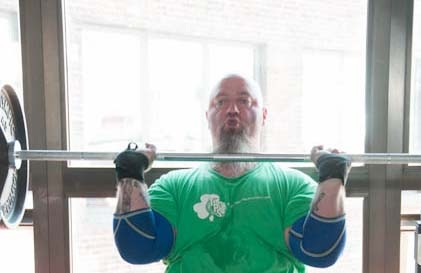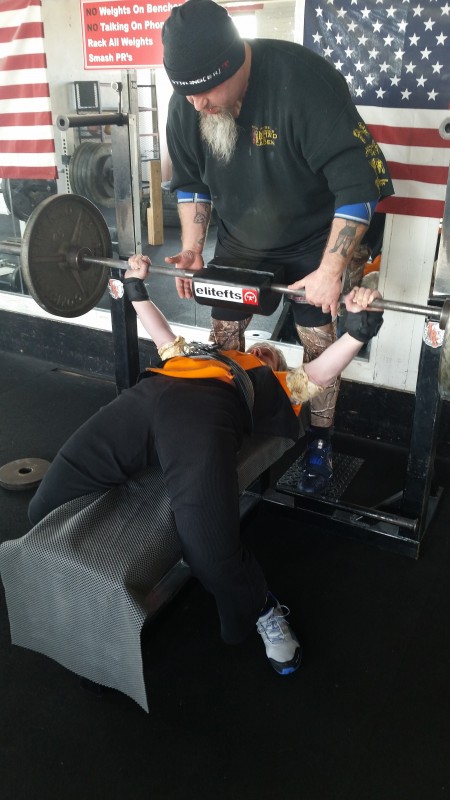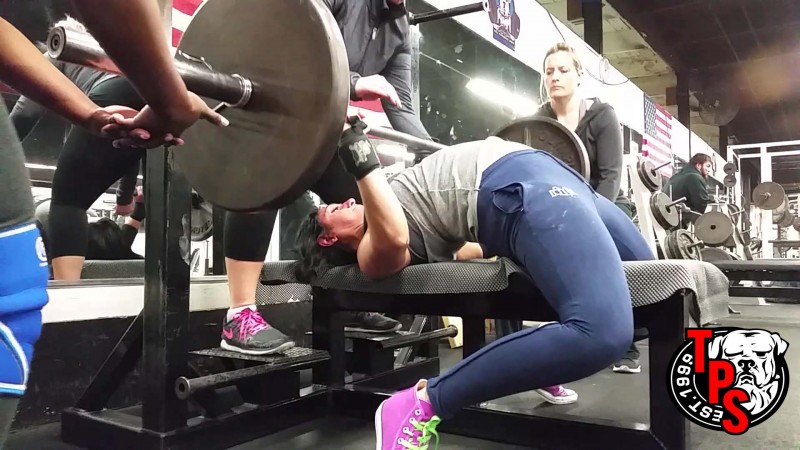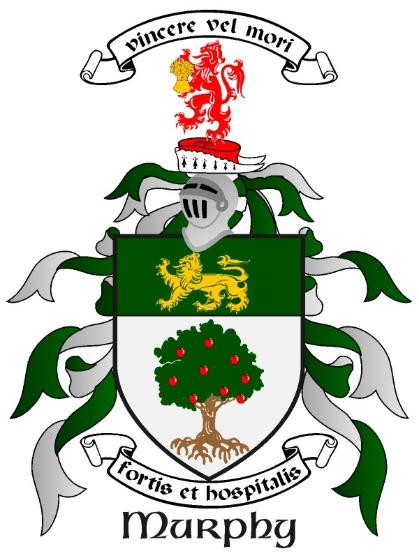
Wow, that’s a really long title for a post.
As you may or may not know I HATE social media. I really hate it. I think it is a colossal waste of time and energy and leads to more drama than 35 teenage girls at a cheerleading tryout.
With that said, I reluctantly state that I am an Instagram junkie. Love me some Instagram.
You get to look at pictures of stuff you like and there is no drama. I actually wish I never got introduced to it. I waste a lot of time at night while watching t.v. looking at pictures of hot rods, choppers, guns, bulldogs, hot girls with big butts, conservative politics and hot girls with tattoos.
I could be reading or actually watching the shows I like instead of half watching, but it is like crack.
Where the ‘eff are you going with this Murph?
So, the other night someone tagged me in a post of two guys spotting each other on an overhead press and the guy pressing falls over and takes out both of them. While this was really funny as it subscribed to the Murphy family motto of “Other people’s pain is funny”, it kind of stunk because this is exactly what I wanted to write about this week and now it’s got that “not so fresh” feeling.
The other day I saw two guys at TPS doing the exact same thing except without the fall over. And it made me want to write this post for you, so here I go.
There are some lifts in the gym that do not require a spot, some that do and some that a spot will actually be more dangerous. Spotting a lift needs to be done the right way to avoid injury to the lifter and to the spotters.
Let’s go over this.
How to Not Kill Yourself In the Gym
I can think of two lifts that do not under any circumstances require a spot as they are as Alwyn Cosgrove says, self-correcting.
They are the press and the front squat.
The press should be pretty easy to understand right? How do you spot an overhead press (standing)? You don’t as the now viral Instagram video shows.
If you try and spot a lifter who is pressing a weight overhead you are asking for trouble. It is self-correcting in that if you miss a press you either DROP it, or just bring it down to the rack position.
I imagine if you were to try and spot it you would need two really strong really tall people to stand on boxes that were high enough to snatch the bar away from the lifter if they got in trouble and return it to the racks for them without falling over themselves.
This should be common sense right?
I see people all the time pushing up on peoples elbows to spot them or trying to grab the bar and I just shake my head.
Here is some simple advice on the press: you do not need spotters. It corrects itself. If you are about to miss the weight simply drop it to the rack position (at your chest) or drop it on the floor and get out of the way. The easiest way to see how to do this is to watch a few videos of good weightlifters missing a push press or jerk. They do exactly as I said.
Next up, the Front Squat; another classic self-correcting exercise.
The Front Squat does not require a spot and could be more dangerous with one. As you come out of the hole in the Front Squat you’ll either get it or you won’t. If it isn’t going up, just bail and let it hit the floor.
When we Front Squat you need to keep the shoulders shrugged up, the elbows pushed up and the chest high as we rise up. If you begin to fail the first thing that goes is one of these. When the chest caves or the elbows go down, so does your chances of making the lift.
Your wrists and elbows will take a huge beating if a spotter tries to help you through the sticking point it may throw you off balance and knock you over causing the bar to fall on you.
Why take the chance?
Again, watch some videos of good weightlifters missing on the Front Squat. Learning to miss is an art. Of course we never want to miss weights but doing it safely is a good skill to have.
The Deadlift is another one.
Sure it is a good idea to have someone behind you to prevent you from smashing your head in case you pull a Ladewski, but other than that, you don’t need a spotter.
There are a few lifts that do require a spot and it should be done right.
The Bench Press is a biggie.
Spotting a bench is done with either one or three people. If it is a reasonable weight and you are strong the handoff person can spot you.
If it’s a big weight you need three people; one in the handoff position and one on each side of the bar.
If you move weights like Joey Smith or Vincent you may need more. You’ll also need to designate a lead spotter. The lead spotter is the one who says “take it”. The other spotters watch the bar, not the lifter and wait for a command to take it in the event of a miss.
If you don’t have spotters bench in a power rack and set the pins to catch the bar.
The Squat is another.
I feel this requires at least two spotters. Three is better. I never suggest one unless it is a smaller person lifting with a huge person spotting.
On the Squat, you really need one spotter on each side of the bar and a back spotter is a great idea. Spotting is the same as the bench. One lead spotter who yells “take it” in case of emergency.
If you don’t have training partners or competent spotters invest in a power rack or learn to bail. Again, watch some weightlifters bailing on the Squat. This can be tricky and I don’t really advise it but if it is your only option, practice bailing on the weight with very light weights.
Remember, the goal of training is to get stronger and also to not die.
Get yourself some good spotters or train in a rack, we have tons of the best racks on the market right there on this site. Save your pennies if you train at home and get one. A good rack will last a lifetime. I have a gym full of EliteFTS racks, some over 12 years old and they are all functionally as good as new.
That’s all for this week.
Ask me a question-Be sure and Type to Murph in the header
Find me on Google-search for Total Performance Sports Everett, Mass. The Best Gym in Boston, Facebook too.
Oh, yeah, follow us on Instagram too. TPSEverett
#bostonsstrongest
Vincere vel mori













1 Comment